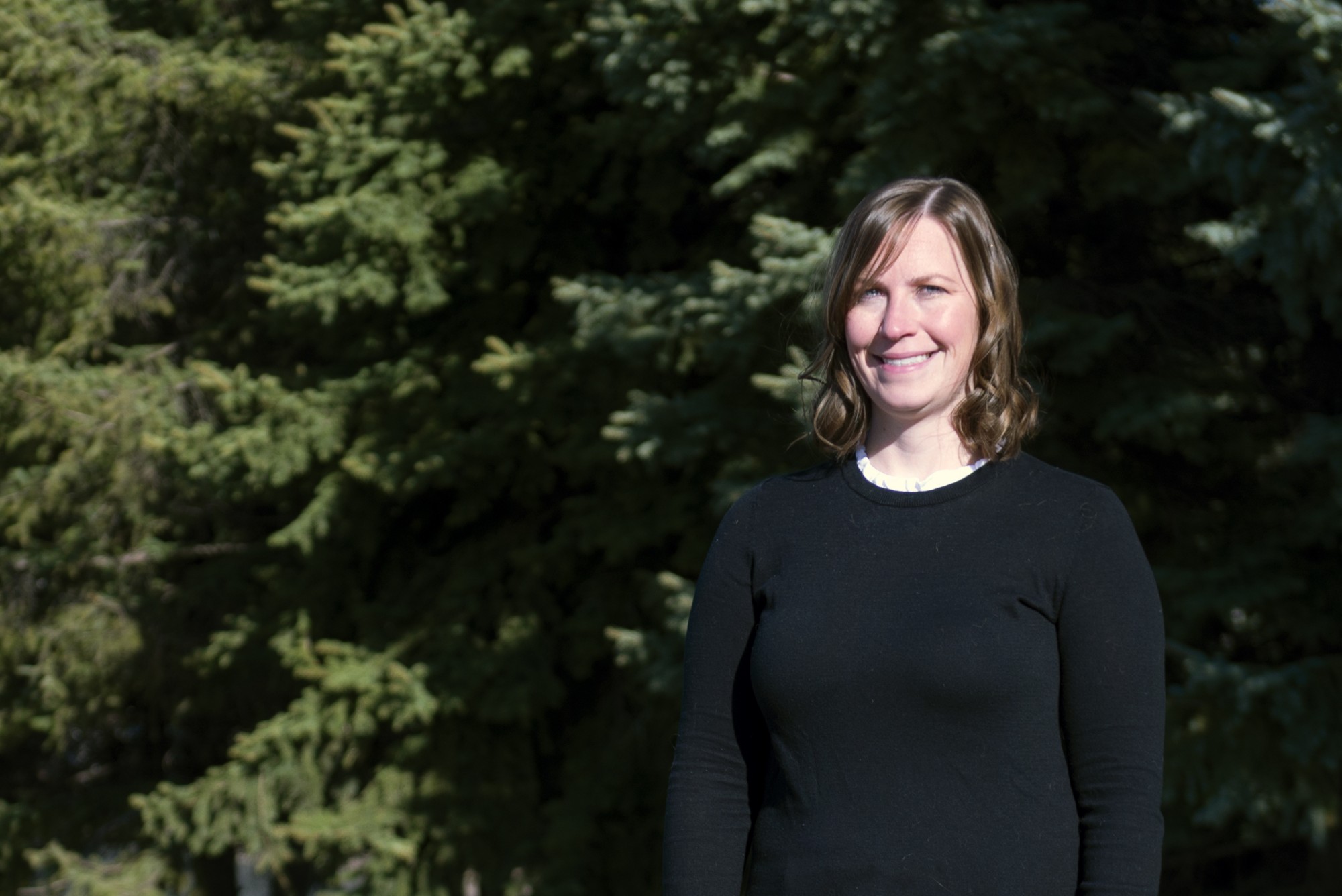A University of Minnesota professor is bringing attention to maternity leave challenges faced by medical school faculty and residents nationwide.
The review, written this month for Academic Medicine, discussed concerns about maternity leave policies, fertility management, child care and breastfeeding at work. Kathryn Pendleton, a co-author of the review, said that with more than half of physicians being women, there needs to be both a culture shift and increased conversation about these issues.
“Medicine in general as a field tends to be one of the only professions I know of where the cultural norm is really not to care for yourself,” said Pendleton, a University assistant professor in the Department of Internal Medicine.
Doctors do not often take sick days, she said, which is a norm that bleeds into maternity leave. The training is rigorous, with years of schooling that makes maternity leave difficult to take. The protocol for leave is often ambiguous for both men and women.
University parental leave allows staff to take six weeks of uninterrupted leave within 13 weeks of the birth, adoption or gestational surrogacy of a child. Leave can begin no more than two weeks prior to the due date or adoption event or no later than thirteen weeks after adoption or when the child leaves the hospital.
“These are the things that really matter to people. People may be physicians, but I think at the end of the day people are a spouse first or a parent first, and a physician secondary to that,” Pendleton said.

Her concerns are not aimed specifically at the University, but rather at the medical field in general. Because practices vary in size, no one-size-fits-all policy would fix these maternity leave challenges, she said.
The University’s Department of Medicine has been working on establishing lactation policy guidelines and procedures for doctors working in the University hospital system. Many staff members, including assistant professors Kristina Krohn and Kathleen Lane, submitted a document to University leadership in February following example guidelines from the University of Michigan.
Having appropriate maternity leave really establishes breastfeeding support, Krohn said. “Women should breastfeed their babies exclusively for three to six months. That’s every meal.”
There should be safe and appropriate lactation spaces in the ICU and hospital wards, she said.
“In the ICU, she should be able to breastfeed or pump right there without leaving the unit,” Krohn said.
Paternity leave is equally as important, she said. Most physicians marry other physicians, and if fathers do not have enough paternity leave to get childcare, then the mothers shoulder that burden.
“If we want the best and the brightest to work here, we need to be recruiting them. Students ask me already what our maternity leave policy is,” Krohn said.
Lane is experiencing the ambiguity of lactation policy now after returning from maternity leave last year. Compared to returning to work for her previous two children, after her third child, she has now had to make adjustments to her work schedule and find lactation spaces mostly on her own.
“The previous structure of medicine was very male-oriented, there [weren’t] any thoughts of how we could build these accommodations,” she said, adding that equity in the workplace and support for women are the main issues. “… It’s exhausting to continually advocate for yourself, so it needs to be everyone discussing it.”
Now, during the COVID-19 pandemic, Lane said she hopes physicians can set an example for how these policies can be done in a fair and equitable way.
“How can I continue to feed my baby and how can I continue to support my family in these stressful times?”









